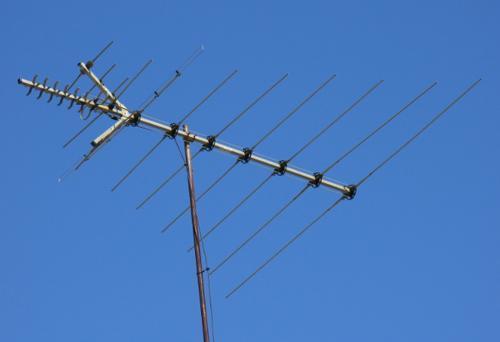Digital TV signal regeneration by Ikusi

The Ikusi TGT-100 module was ultimately designed for hotels, motels, resorts, public building, regional and black spot areas, and to allow those living in high rise apartments and retirement villages to achieve almost perfect digital reception, even though the input signal is extremely poor.
The TGT achieves this by completely rebuilding of the stream contained within the received RF channel as a coded orthogonal frequency division multiplexed (COFDM) carrier. The TGT is therefore known as a ‘stream regenerator’, but it is also capable of up converting or down converting the actual output channel and much more.
ADVERTISEMENT
The TGT regenerators feature two directionally-coupled input and output ports – the antenna signal can therefore be directly fed into the input port of the first module, which in turn is passed through the coupler to the next and so forth. On the output side the same procedure is repeated, forming the channel coupling. The sum of the combined channels is in turn connected in the same way to the AMX combiner or an HPA final drive amplifier, which then feeds the distribution network.
An Ikusi TGT-100 module tunes a COFDM digital channel in the range between 174 and 230MHz or 470 and 862MHz bands, demodulates the received signal, corrects errors within the actual COFDM data stream, processes the transport stream and re-modulates an errorless data stream into an RF COFDM channel anywhere between 47 and 862 MHz.
When installing, one module is required for each RF COFDM channel that is being received. For example, in Australian capital cities, a total of five main channels are transmitted – channel 6 (Seven Network), channel 8 (Nine Network) channel 11 (Network Ten), channel 12 (ABC) and channel 29 or 34 (SBS). Sydney also has a channel 35 transmitted in COFDM, which is the Macquarie Channel.
A complete TGT headend includes as many TGT regenerators as COFDM channels being received, one or more AMX-400 combiners (if the headend being assembled is extensive), one HPA amplifier to launch the combined output COFDM channels from the regenerators, one or more CFP power supplies, one or more rack frame or wall mounting base plate and housing units for the base plates if required.
The TGT headends deliver a multichannel COFDM signal with sufficient power to drive a distribution network. An extension input at the HPA amplifier allows easy coupling of the wideband 47-862 MHz signal provided by other existing headend equipment.
For power connection, each module has two DC banana sockets that allow to build a +12VDC cascade. A third banana socket is available to provide power for an optional masthead preamplifier.
Local programming is carried out through an SPI-300 unit, which is connected directly to the specific module.
In order to perform NIT regeneration, an IKUSUP bus must be installed. The final right hand side module of the IKUSUP cascade carries out the NIT regeneration. Programming and control can also be performed remotely through an HMS module installed as part of the headend.
-
ADVERTISEMENT
-
ADVERTISEMENT

